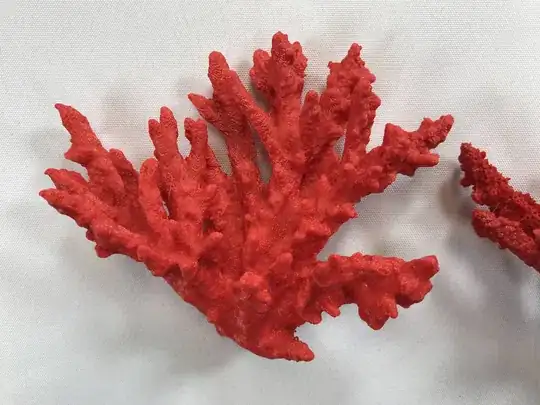As you told in a comment, you are using an FDM printer. Now... here's the problem:
FDM can't do details this small with a standard nozzle. I do print occasionally an item that has a 0.2 mm circular depression in its wall. To show, I need to print with a 0.2 nozzle. So take note: smaller nozzle = smaller achieveable details. As a rule of thumb, the nozzle diameter is the smallest visible detail in XY and 2 layer thicknesses in Z. Remember, that some intricate details can become SUPER fragile.
Next up is print time: The smaller the nozzle, the longer the print, as you need more movements to follow the now more complex outline and to achieve the same density of interior, more (but thinner) interior walls too.
So, FDM has two limitations:
- Nozzle size is limited downwards, limiting the achieveable details.
- Print time is the great unequalizer, as halving the nozzle diameter usually results in more than double the print time.
But fret not, there is a way out: Go even tinyer! Stereolothography and other resind based systems (DLP/SLA) are more time efficient when it comes to details and can manage even smaller details. Under some conditions (very fine powder and precise laser) SLS and DLSM might achieve the size, but nylon based prints don'T work under water while metal prints might not serve the purpose really.
In either case, your print file needs to have the details you wants to print: it makes no difference if your 3D scan does not include the pores what system you use - information not included can't be printed. Check your Slicer if the model has the surface you want.

